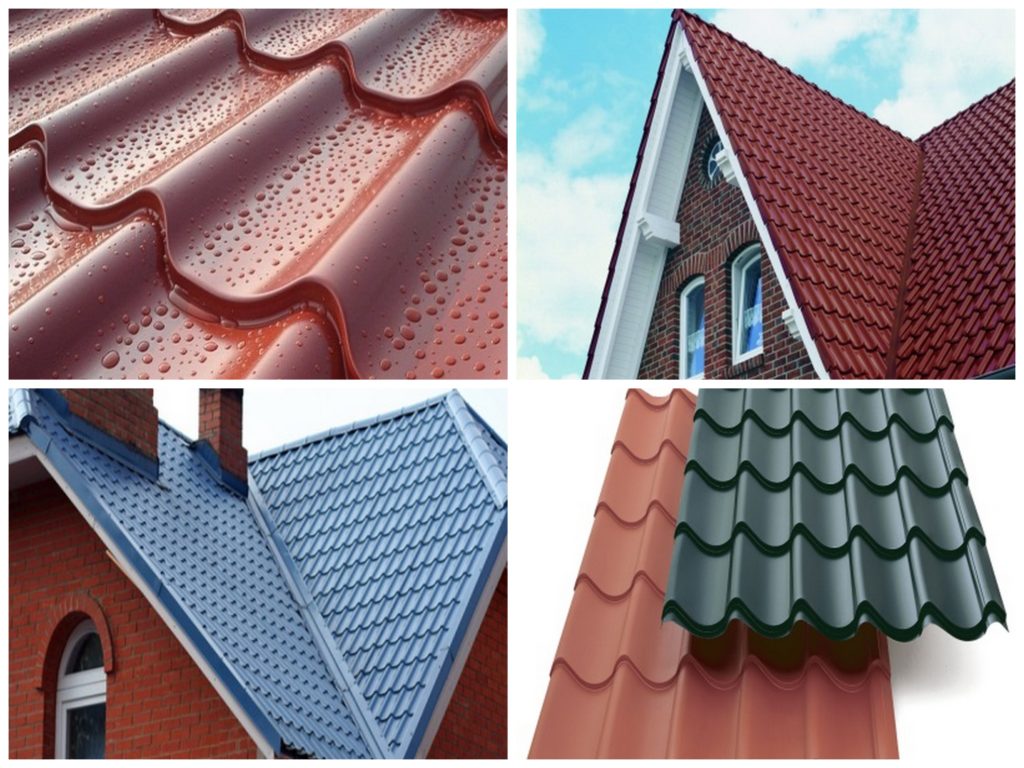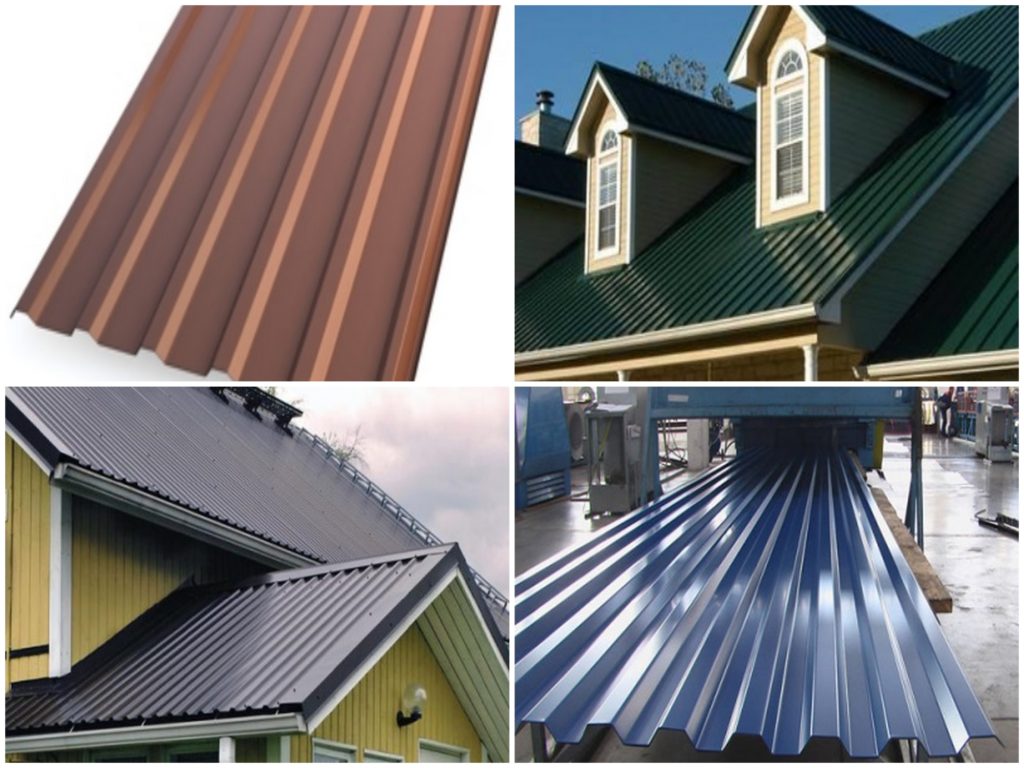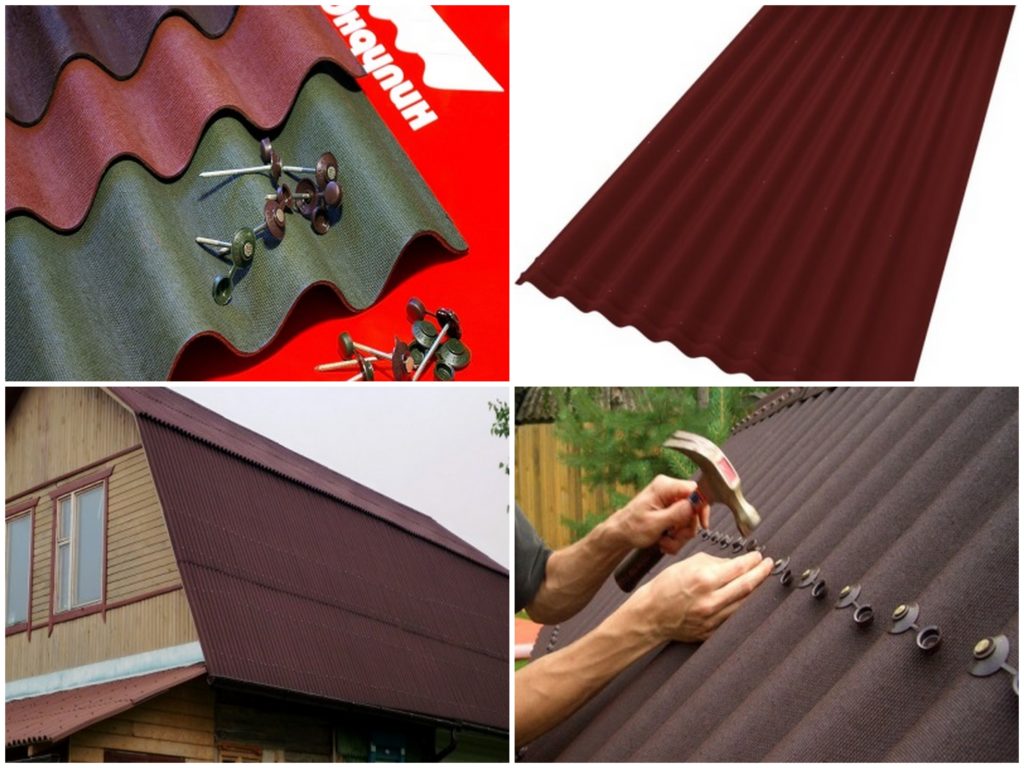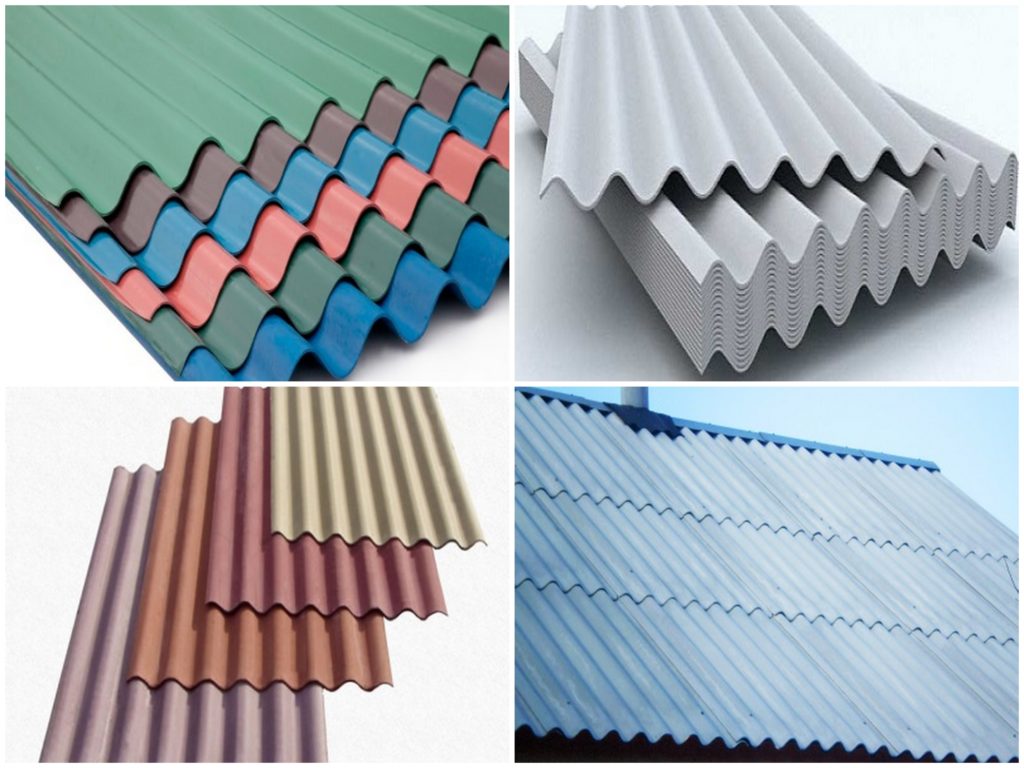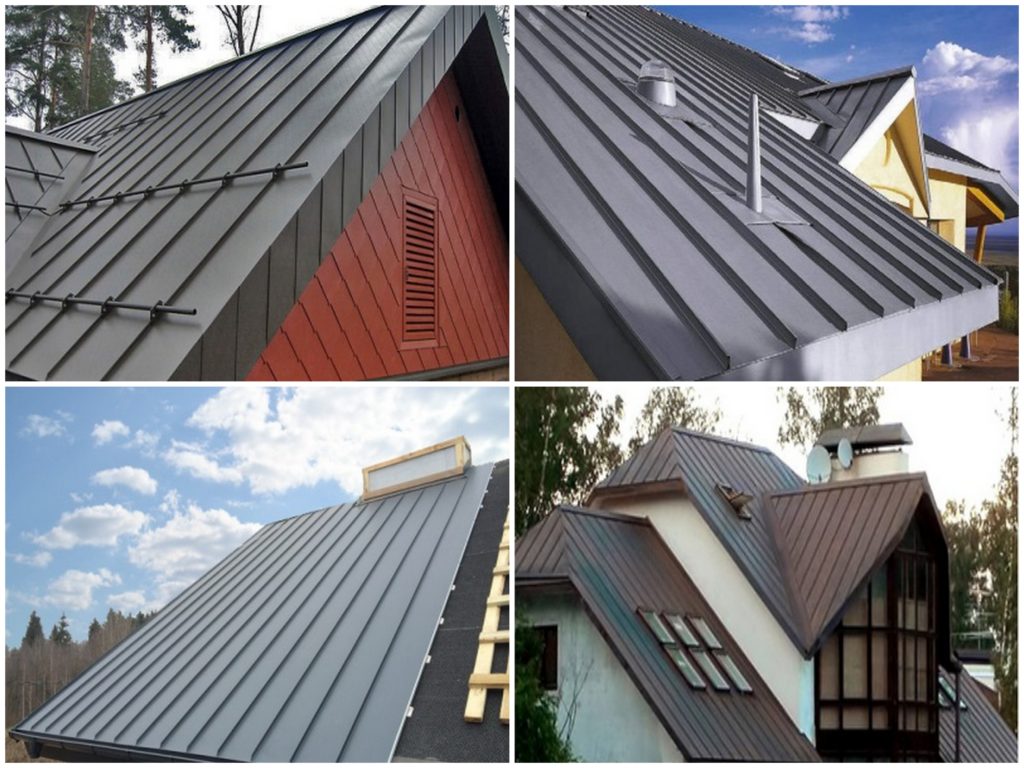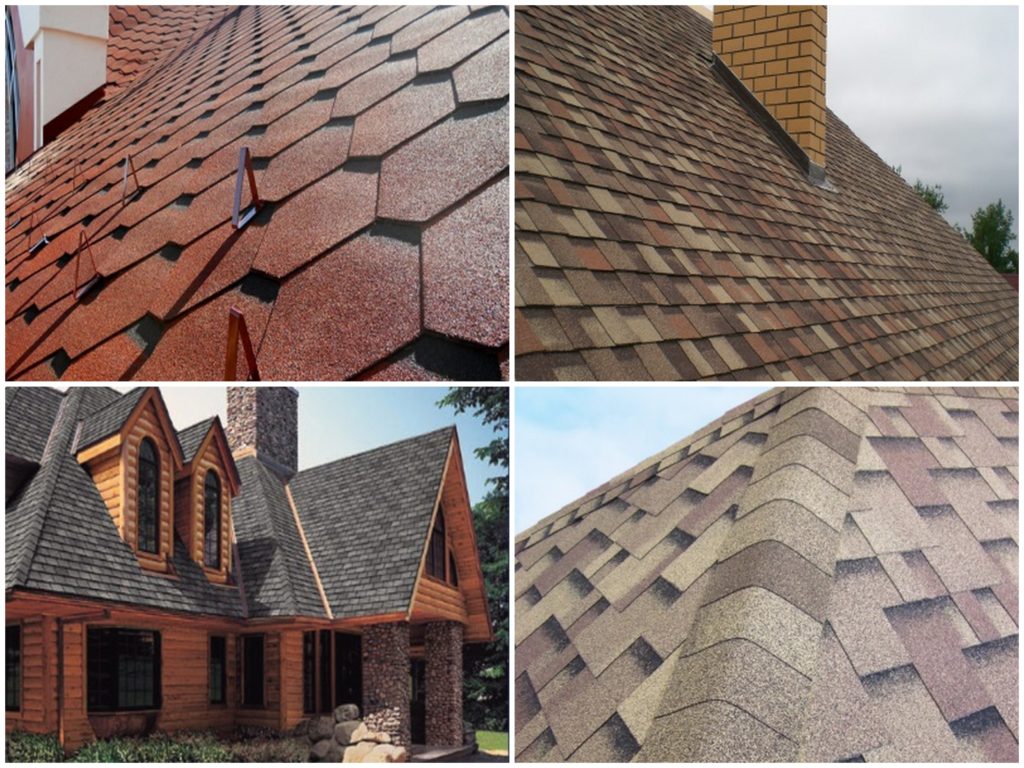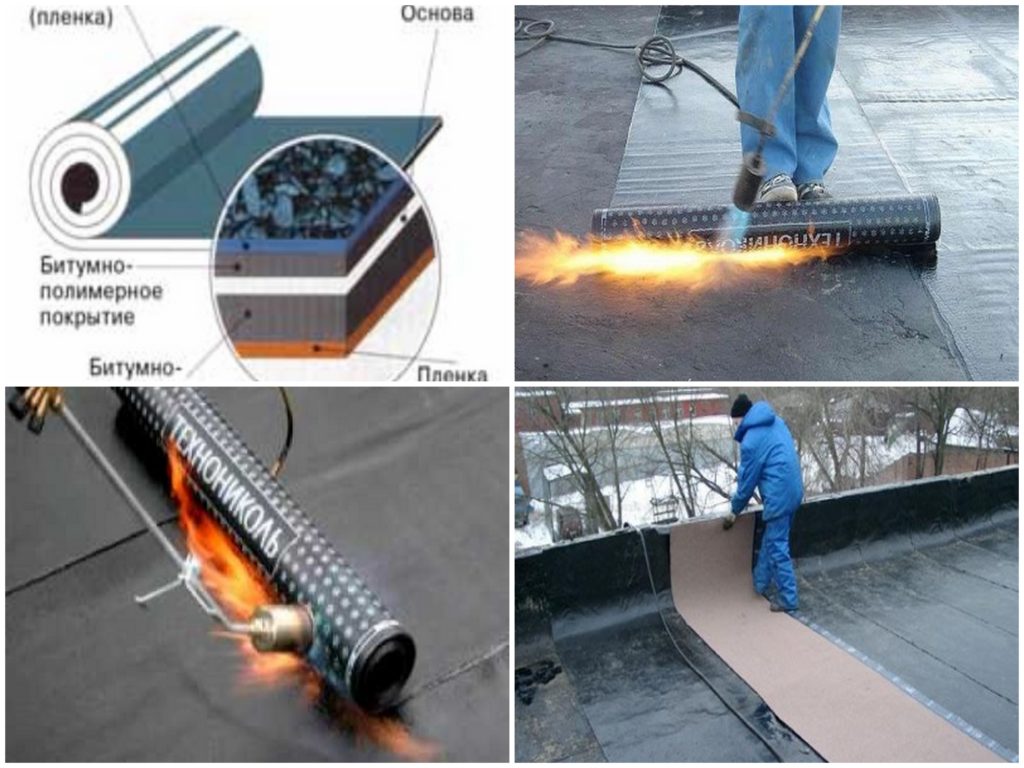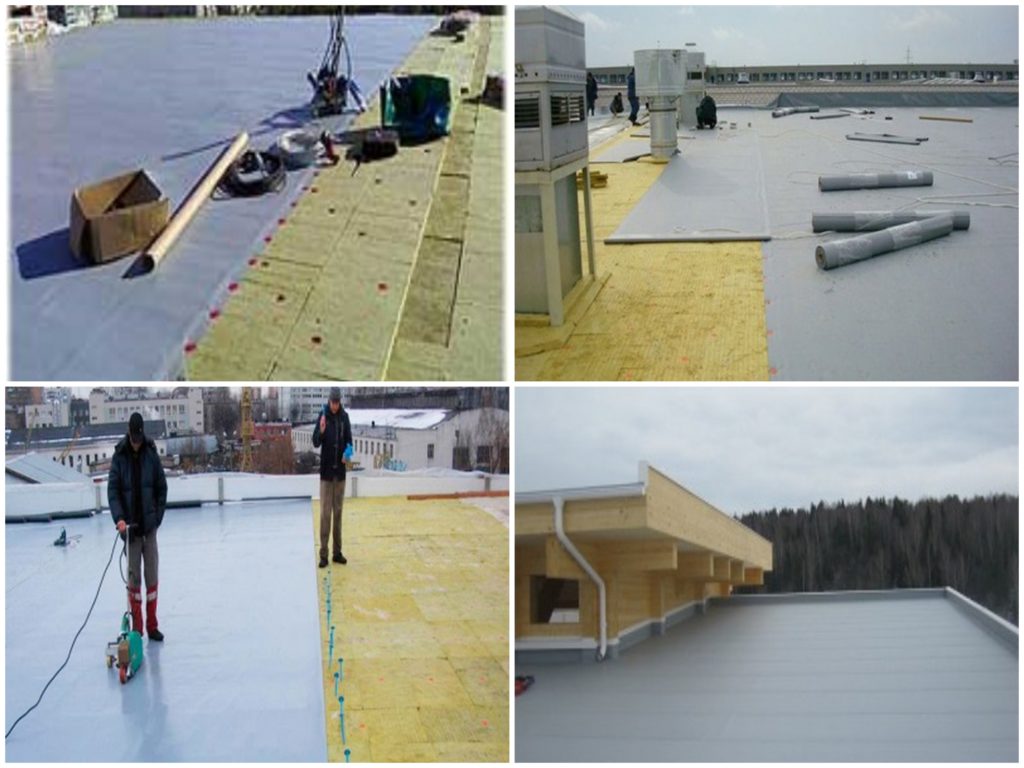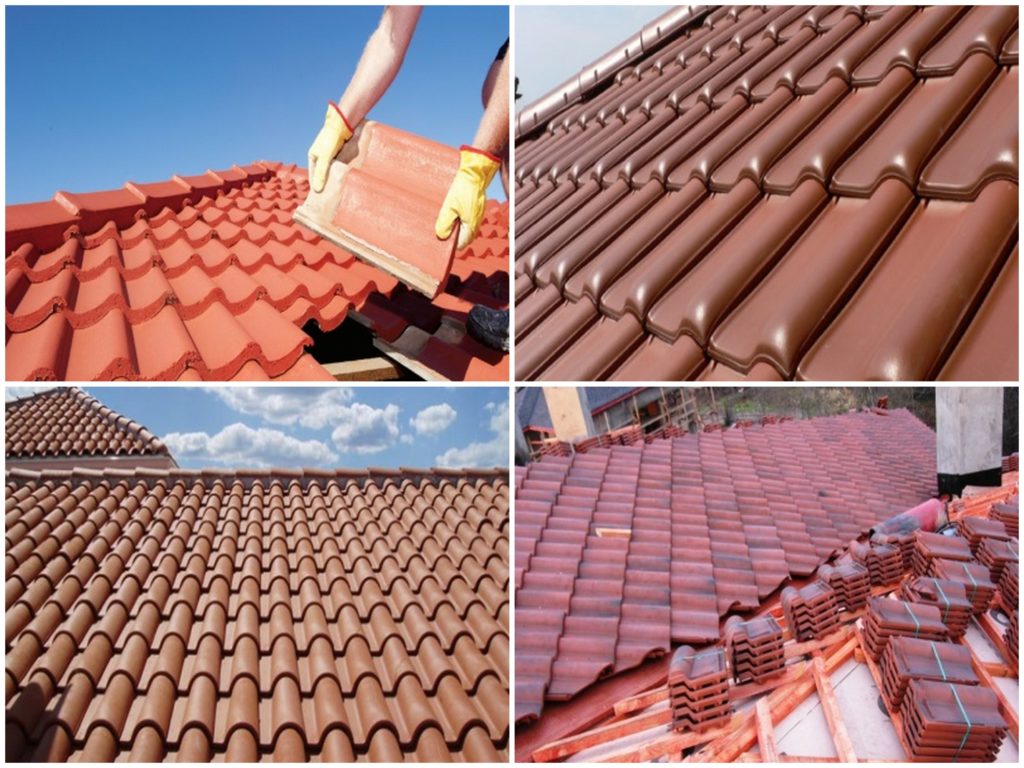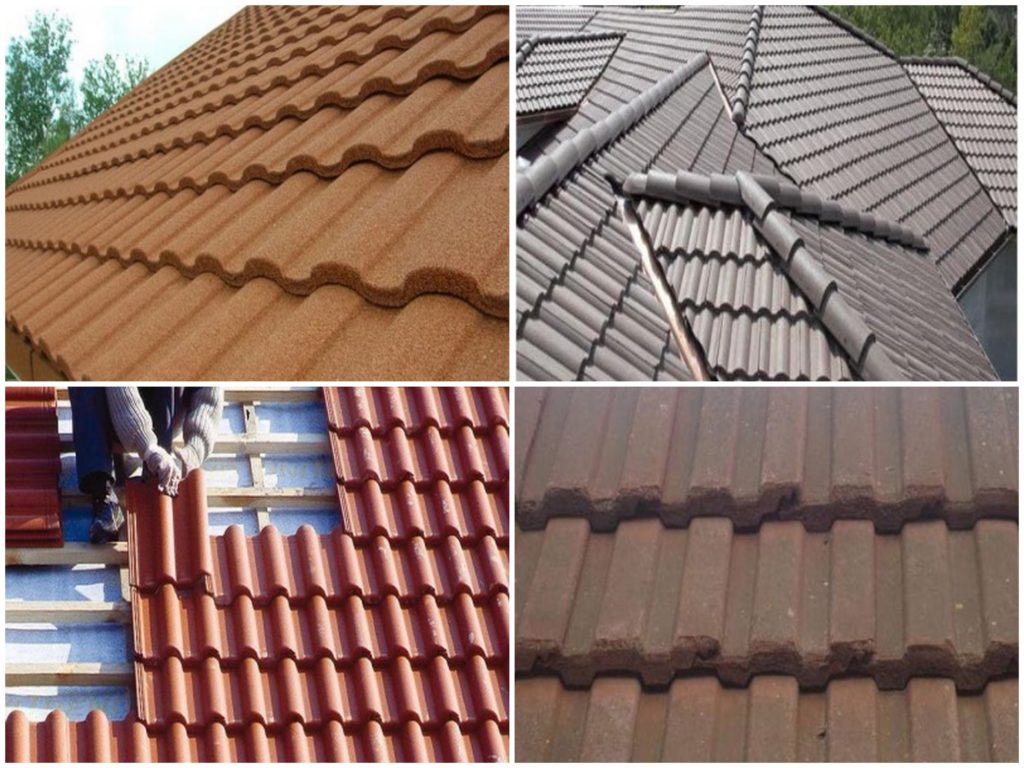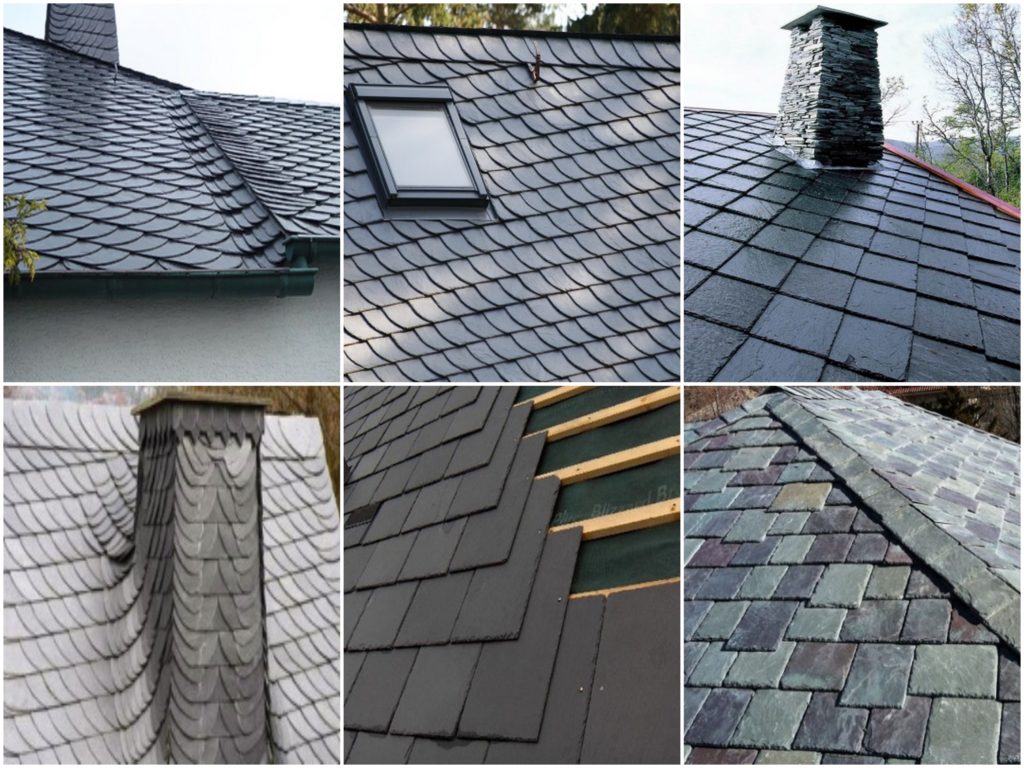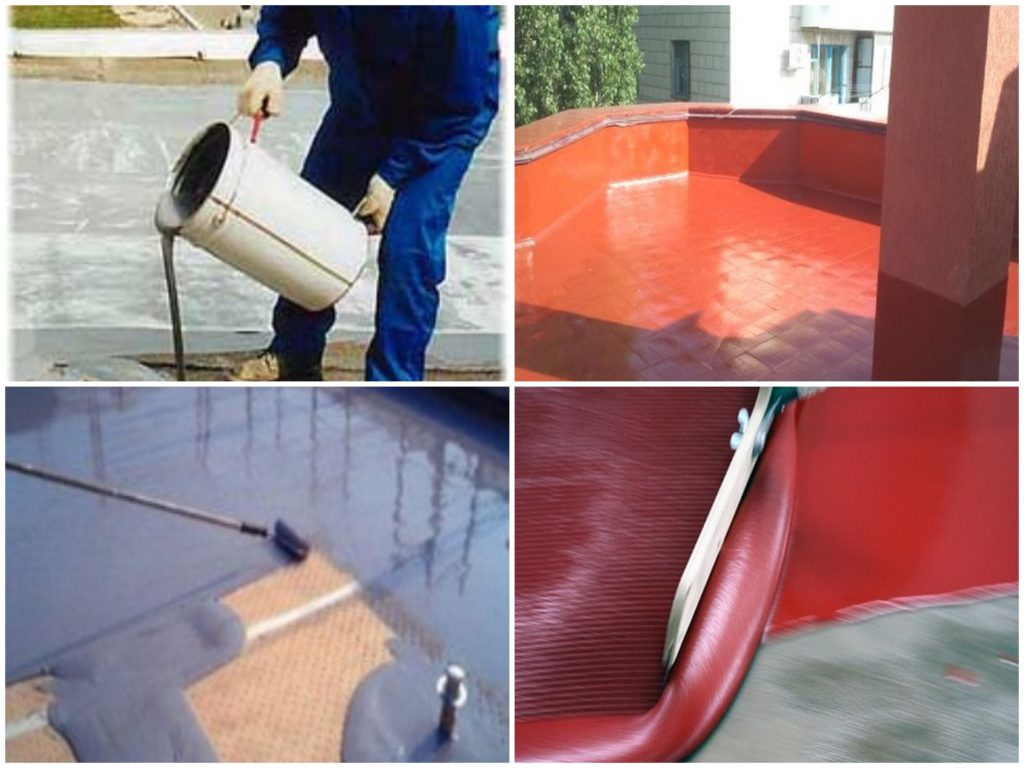Choosing a roofing material is a decision that should be made during the building design phase. It’s essential to consider all factors, ranging from the architectural design of the house to the wind strength in the region and the amount of snowfall during winter.
Modern manufacturers offer a vast selection of roofing options for various types of roofs, from urban mansions to utility buildings on a country estate.
Sheet Roofing
Sheet roofing includes metal tiles, profiled roofing sheets, Onduline, slate, and standing seam roofing.
Metal Tiles
Metal tiles are constructed from a cold-rolled steel sheet with several layers of protective coating. Its appearance resembles ceramic tiles. Metal tiles are installed on battens using screws and rubber gaskets. Due to their lightweight nature, they can be installed by a single person.
This type of roofing is convenient for transportation, and its affordability makes it accessible to a wide range of consumers. However, it has low sound insulation properties and produces a high amount of waste.
It is used in both industrial construction and the roofing of private houses and garages. It is also utilized to create false roofs for flat roofs.
Profiled Roofing Sheets
A more budget-friendly alternative is profiled roofing sheets. These sheets have various wave heights and geometries and offer high resistance to bending. They are also considered noisy roofs and require additional soundproofing. Profiled roofing sheets are often used for roofs on utility buildings, shops, and car washes.
Onduline
Onduline is an organic material made from cellulose fibers impregnated with bitumen and polymers. This lightweight and environmentally friendly material have excellent water resistance. When properly installed, it can withstand loads of up to 960 kg per square meter. However, it has a low fire safety rating. This material is commonly used for the roofing of garages, sheds, and saunas. Thanks to its flexibility, it is suitable for complex roofing designs.
Slate
Slate is now more commonly used for the construction of utility buildings and less frequently for country houses. It is an inexpensive material that is fairly durable and provides good sound insulation. Its main drawback is the inclusion of asbestos, which is unsafe for human health. Additionally, when used in a humid environment, slate quickly fades, and moss can form on its surface.
Standing Seam Roofing
Standing seam roofing is made from rolled metal that covers the entire length of the slope. Its name comes from the standing seam connection used to secure the covering as a single unit. This work is performed by professional roofers using specialized tools. The result is a lightweight, durable roof with an attractive appearance. Due to the flexibility of the metal, standing seam roofing is used in the construction of complex roofs. Its drawbacks include high noise levels and the need for additional insulation.
In addition to steel, copper and aluminum can be used in the production of standing seam roofing. The covering is beautiful and highly durable, with the only drawback being the high cost of materials.
Soft Roofing
Varieties of soft roofing include flexible shingles, roll-on membrane roofing, and membrane roofing. All of them are characterized by their flexibility and durability, allowing them to be used for roofs of any shape. They are installed on a rigid base made of plywood, OSB panels, concrete, or other construction materials with a smooth surface.
Flexible Shingles
Flexible shingles are made from fiberglass soaked in bitumen. To give them color and protect them from sunlight, stone chips are applied on top. It is crucial to follow the correct installation process when laying them. The lifespan of the roof depends on a properly prepared base, waterproofing, and temperature conditions.
Roll-On Membrane Roofing
Roll-on membrane roofing is similar in composition to flexible shingles. During installation, it is secured with heated bitumen. The cost of this roofing is low, making it suitable for flat roofs of houses.
Membrane Roofing
Flat roofs often use flat membrane roofing. Membranes are made from PVC, EPDM, TPO, creating a strong, waterproof covering.
Artificial Roofing Materials
Various types of roofing materials fall into this category, including different types of shingles and slate tiles. They are all made from natural materials and have a very long service life.
Ceramic Shingles
Ceramic shingles are popular for their aesthetic properties. However, due to the heavy weight of the roofing, attention must be given to strengthening the roof trusses. Additionally, drawbacks include labor-intensive installation and the high cost of the shingles.
Sand-Cement Shingles
A more affordable alternative is sand-cement shingles. They are manufactured without firing by pressing raw materials. Colorants are added for color, and the surface is often glazed.
Slate Roofing
Slate roofing is considered elite. Roofs made of this natural material can last up to 200 years. Old castles and palaces that have preserved their original appearance to this day serve as proof of this. However, in modern construction, such roofing is not common due to the high cost of the material and the need for professional installation.
Liquid Roofing
Liquid roofing is made from oligomers and is supplied in liquid form. When applied to a base made of metal, concrete, or bitumen, it solidifies in the air, forming an elastic film.
This waterproof coating can last up to 15 years. The only drawback is the varying thickness of the layer in the finished coating. Liquid roofing is typically used in the construction of flat roofs.
Now that you’re familiar with the properties of various roofing materials, you can consider your options and needs to select the right roofing for your home.
